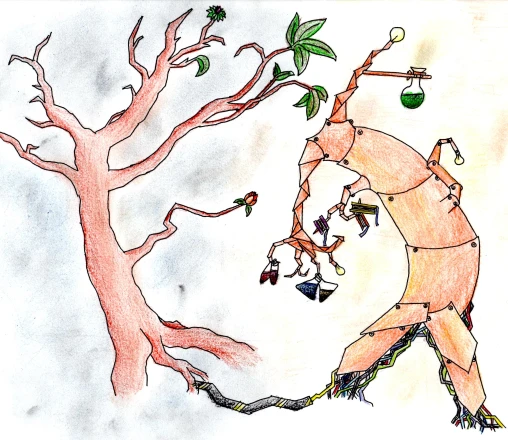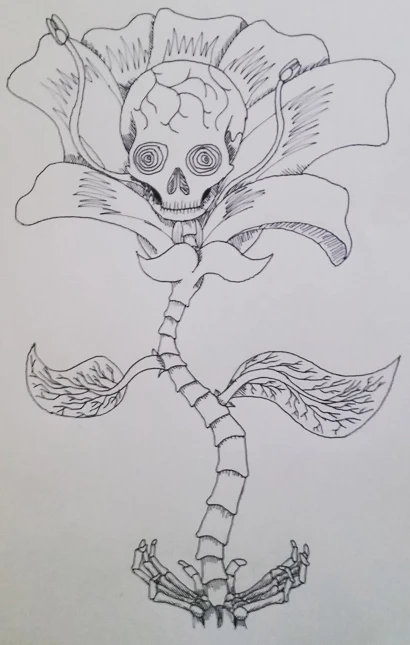“Science is devoid of emotion”
Emotion and spirituality are concepts that inherently seem at odds with the fundamentally stoic, empirical nature of scientific research. Science is based on a rigorous system of objectivity, repeatability and empiricism that, at face value, appears to completely disregard subjective aspects such as emotion, spirituality or religion. But in the same way that this drives the division of art from science, removing these subjective components of science can take away some of the personal significance and driving factors of scientific discipline.
Emotions as a driving force in science
For many scientists, emotional responses to inquiry, curiosity and connection are important components of their initial drive to study science in the first place. The natural curiosity of humanity, the absolute desire to know and understand the world around us, is fundamental to scientific advancement (and is a likely source of science as a concept in the first place). We care deeply about understanding many aspects of the natural world, and for many there is a strong emotional connection to our study fields. Scientists are fundamentally drawn to this career path based on some kind of emotional desire to better understand it.
Although it’s likely a massive cliché, Contact is one of my favourite science-fiction movies for simultaneously tackling faith, emotion, rationality, and scientific progress. And no doubt any literary student could dissect these various themes over and over and discuss exactly how the movie balances the opposing concepts of faith in the divine and scientific inquiry (and the overlap of the two). But for me, the most heartfelt aspect the movie is the portrayal of Ellie Arroway: a person who is insatiably driven to science, to the point of sacrificing many things in her life (including faith). But she’s innately an emotional person; when her perspectives are challenged by her observations, it’s a profound moment for her as a person. Ellie, to me, represents scientists pretty well: passionate, driven, idealistic but rational and objective as best as she can be. These traits make her very admirable (and a great protagonist, as far as I’m concerned).
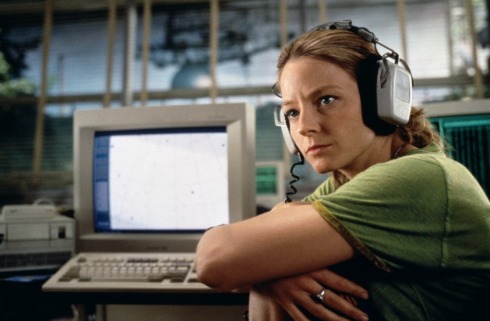
I would not, under ordinary circumstances, consider myself to be particularly sentimental or spiritual. I don’t believe in many spiritual concepts (including theism, the afterlife, or concepts of a ‘soul’), and try to handle life as rationally and objectively as I can (sometimes not very successful given my mental health). But I can’t even remotely deny that there is a strong emotional or spiritual attachment to my field of science. Without delving too much into my own personal narrative (at the risk of being a little self-absorbed and pretentious; it’s also been covered a little in another post), the emotional connection I share with the life of Earth is definitely something that drove me to study biology and evolution. The sense of wonder and curiosity at observing the myriad of creatures and natural selection can concoct. The shared feeling of being alive in all of its aspects. The mystery of the world being seen through eyes very different to ours.
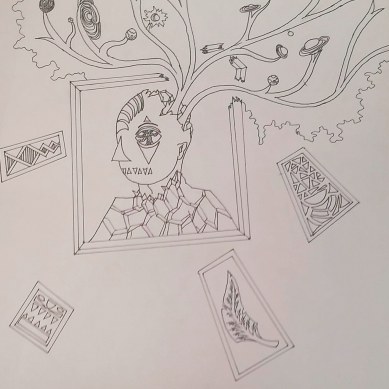
Attachment to the natural world
I’d guess that there are many people who say they feel a connection to nature and animals in some form or another. I definitely think this is the case for many biologists of various disciplines: an emotional connection to the natural world is a strong catalyst for curiosity and it’s no surprise that this could develop later in life to a scientific career. For some scientists, an emotional attachment to a particular taxonomic group is a defining driving force in their choice of academic career; science provides a platform to understand, conserve and protect the species we hold most dear.
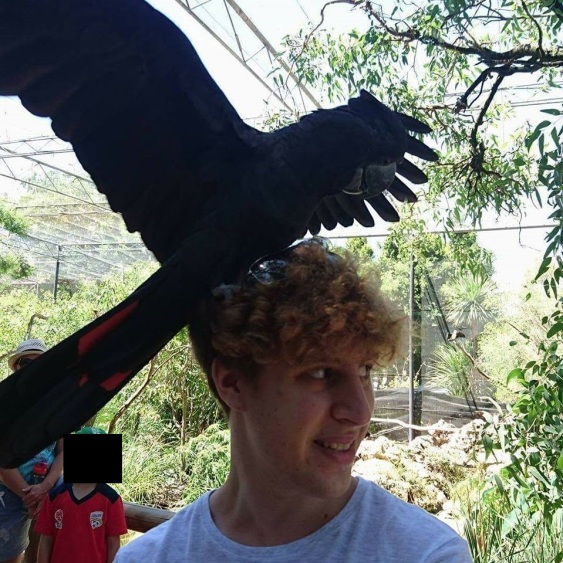
- A photo of me with Adelaide Zoo’s resident Red-tailed Black Cockatoo, Banks (his position was unsolicited, for reference). Giving people the opportunity to have an emotional connection (as silly as that might be) with nature can improve conservation efforts and environmental protection, boost eco-based tourism, and potentially even make people happier.
An appeal to reason and emotion
Although it’s of course always better to frame an argument or present research in an objective, rational matter, people have a tendency to respond well to appeal to emotion. In this sense, presenting scientific research as something that can be evocative, powerful and emotional is, in my belief, a good tactic to get the general public invested in science. Getting people to care about our research, our study species, and our findings is a difficult task but one that is absolutely necessary for the longevity and development of science at both the national and global level.
Pretending the science is emotionless and apathetic is counterproductive to the very things that drove us to do the science in the first place. Although we should attempt to be aware of, and distance, our emotions from the objective, data-based analysis of our research, admitting and demonstrating our passions (and why we feel so passionate) is critical in distilling science into the general population. Science should be done rationally and objectively but driven by emotional characteristics such as wonder, curiosity and fascination.

